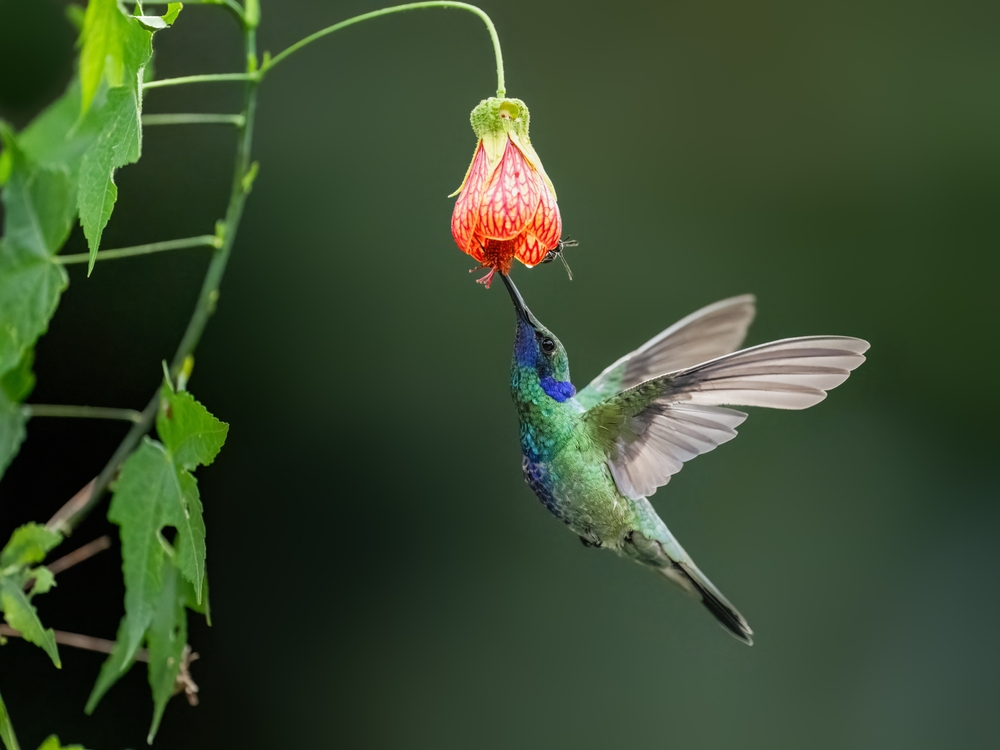The Intriguing World of Hummingbirds: A Closer Look at These Fascinating Avian Wonders
Dive into the captivating universe of hummingbirds. These tiny powerhouses of the animal kingdom hold a fascinating wealth of secrets waiting to be discovered. From their unique flight dynamics to their remarkable physiological adaptations, explore the wonders these vibrant creatures hold.

The Enchanting Origins of Hummingbirds
Hummingbirds, scientifically known as Trochilidae, are native to the Americas, with their historical records dating back to over 30 million years ago. They’ve been a subject of fascination for indigenous cultures, symbolizing resilience, agility, and joy. In ancient Aztec civilization, hummingbirds were considered divine creatures, their feathers used in religious ceremonies.
The Marvel of Hummingbird Physiology
The unique physiology of hummingbirds allows them extraordinary feats. They are the only birds capable of hovering and flying backward, thanks to their wings’ unique joint structure. Their rapid wing flapping of up to 80 times per second creates the characteristic humming sound, lending them their name.
Their heart beats up to 1,200 times per minute, necessitating a high metabolic rate. To sustain this, hummingbirds consume nearly half their body weight in nectar daily. They enter a state of torpor, similar to hibernation, to conserve energy during the night.
The Current Scenario: Threats and Conservation
Although hummingbirds are widespread, many species are threatened due to loss of habitat, climate change, and invasive species. The International Union for Conservation of Nature (IUCN) lists several hummingbird species as endangered.
However, concerted conservation efforts are underway. Birdwatchers and naturalists are encouraged to plant native flowering plants and maintain feeders to aid their survival. Citizen science initiatives, like the Audubon Society’s Hummingbirds at Home, have also been instrumental in monitoring and protecting these avian marvels.
The Impact of Hummingbird-related Products
Hummingbird feeders and nectar are popular consumer products, with a wide price range catering to various budgets. These products contribute to the birdwatching industry, estimated to be worth nearly $41 billion in the United States alone. However, it’s crucial to ensure that these products do not harm the birds, emphasizing the importance of natural, dye-free nectar and well-maintained feeders.
The Future of Hummingbird Research and Conservation
Advancements in technology, such as high-speed cameras and telemetry, are providing fresh insights into hummingbird behavior and physiology. These discoveries will aid in developing effective conservation strategies. As the climate crisis intensifies, understanding the resilience and adaptability of these birds will be crucial for their survival.
In conclusion, hummingbirds, with their colorful plumage and awe-inspiring abilities, continue to enchant us. Their survival and prosperity are testament to the wonders of evolution and the resilience of nature. Through continued research and conservation, we can ensure that the humming song of these vibrant creatures continues to fill our world.




